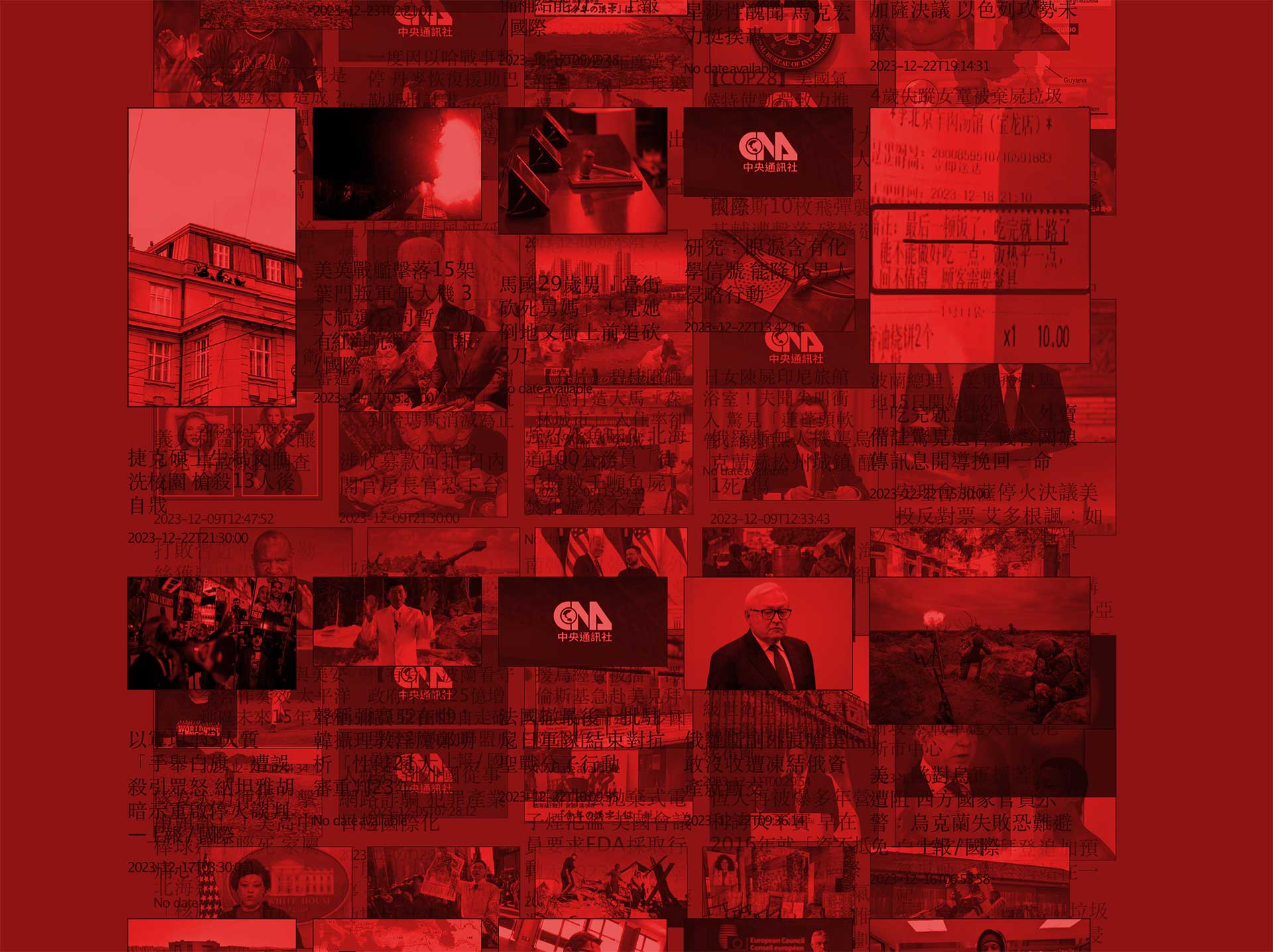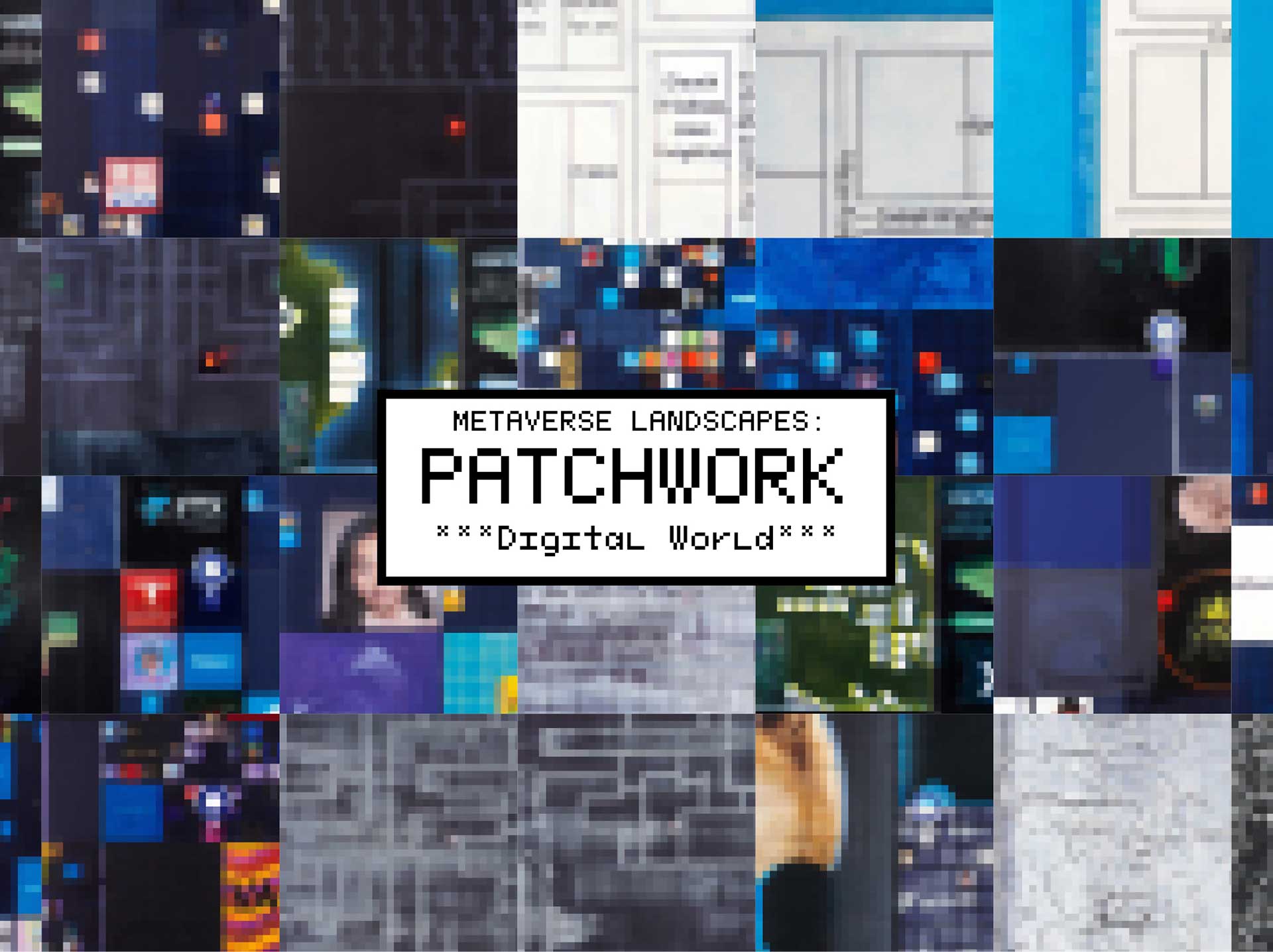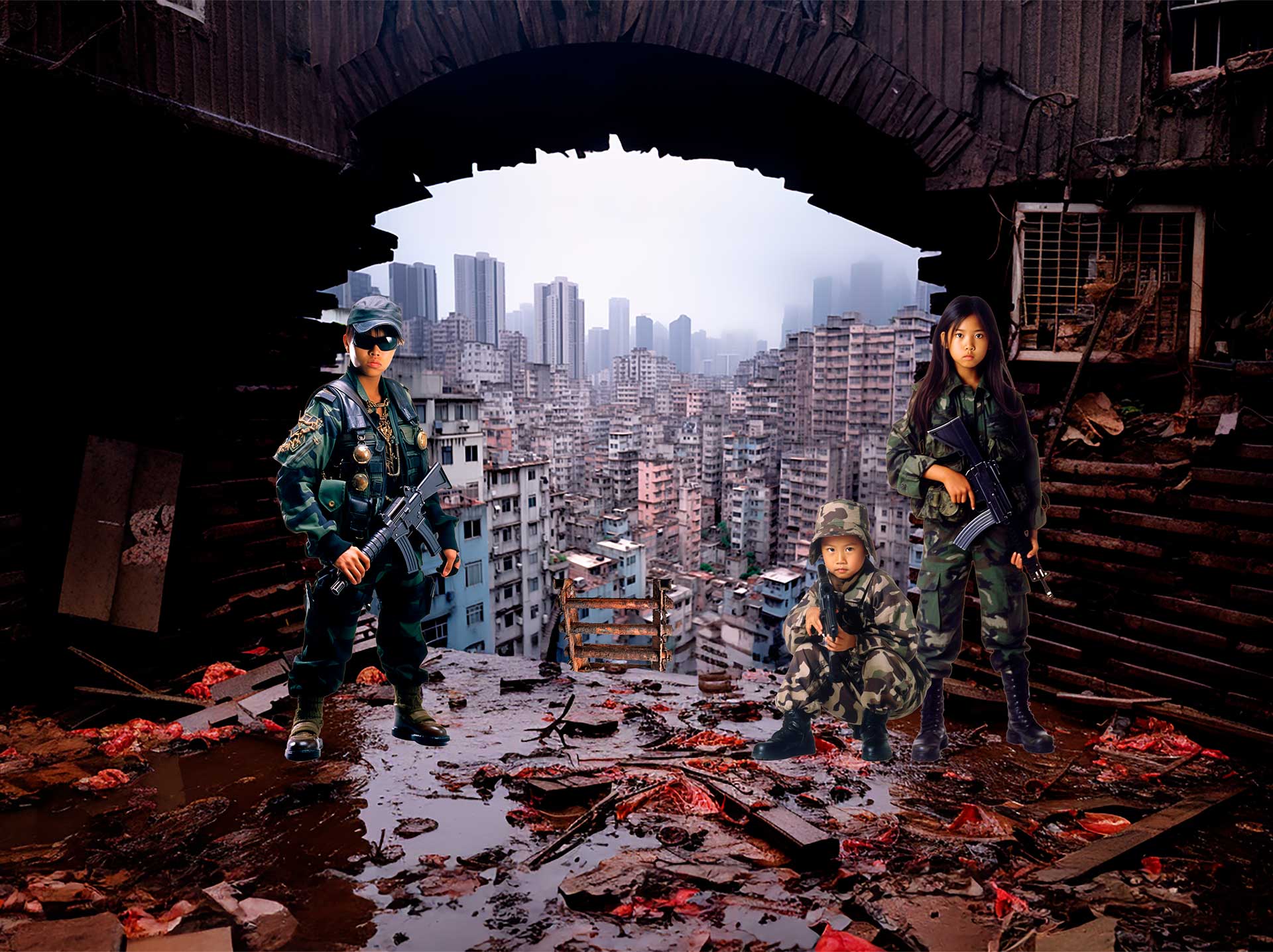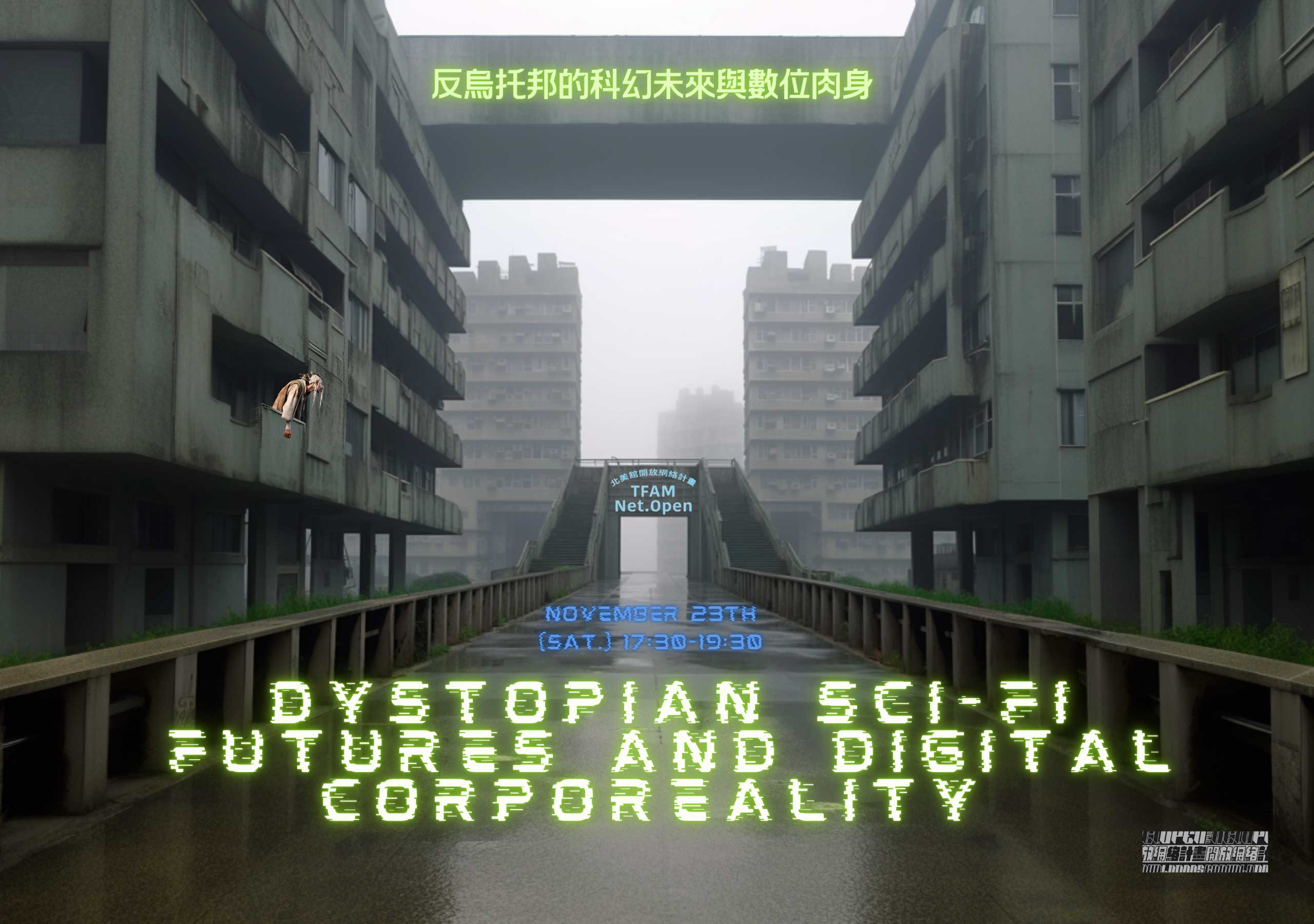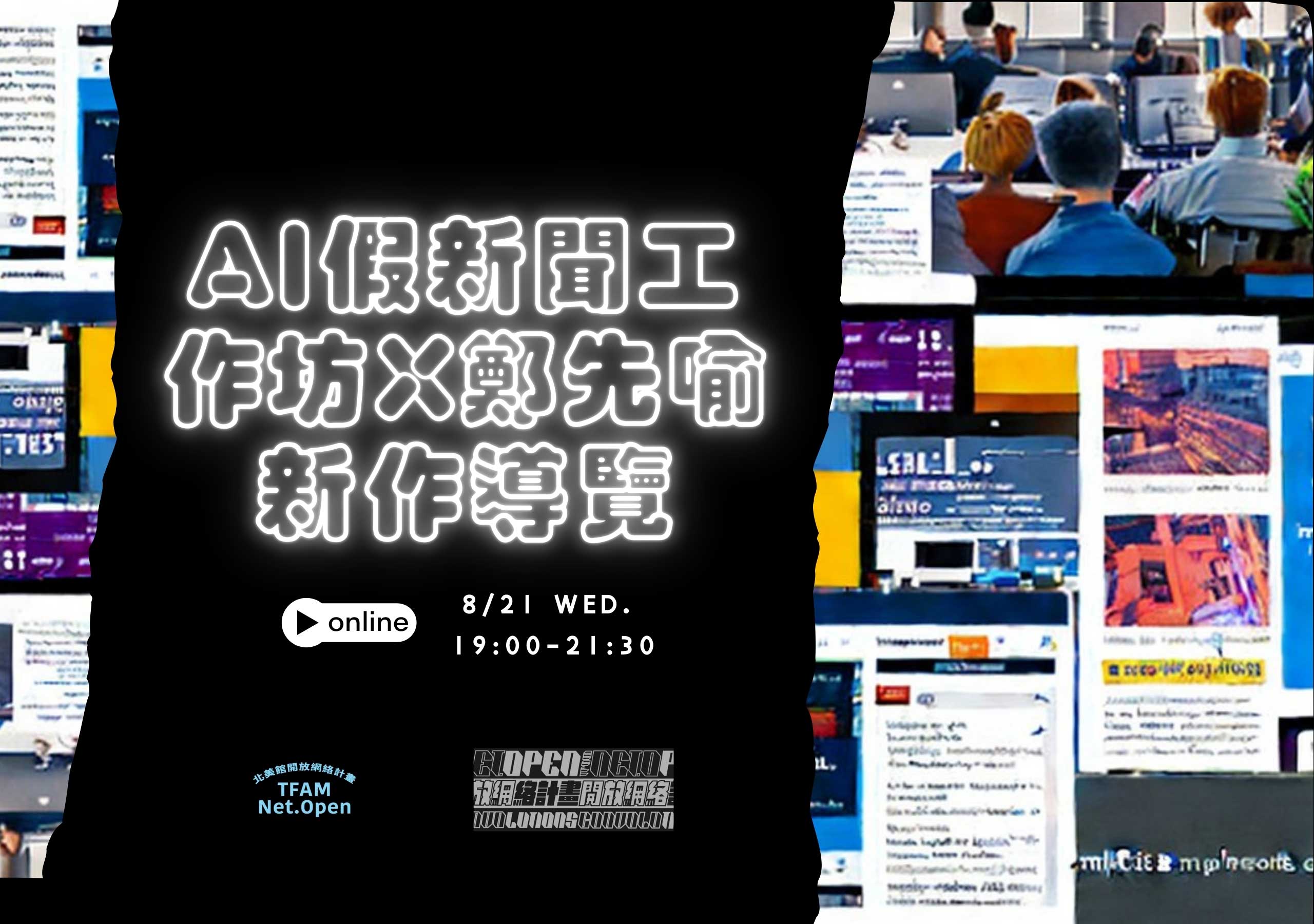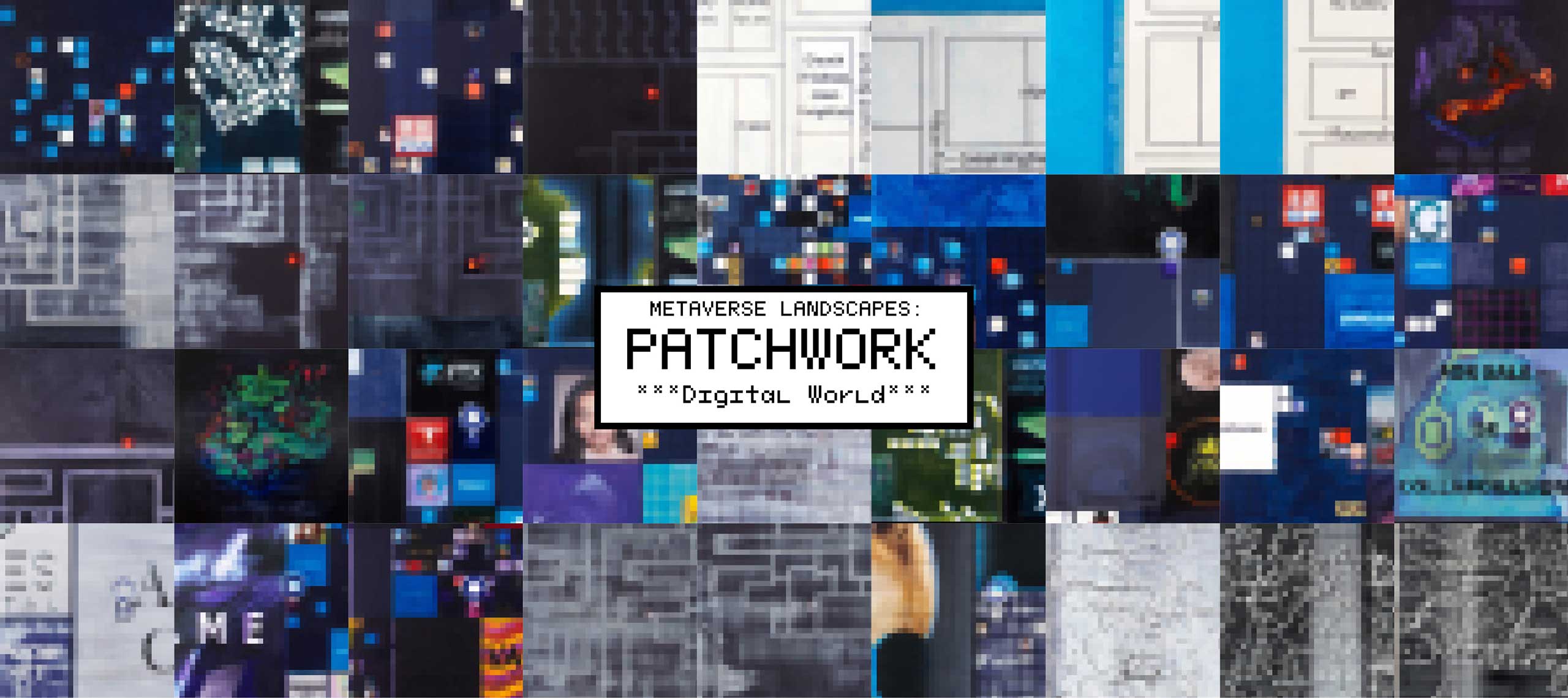The three digital commissions that launch TFAM Net.Open explore increasingly blurry boundaries between real and virtual life, fact and fiction today.
Contemporary life is undergoing a period of convolution. To call something ‘convoluted’ commonly indicates that it is overly complicated or confused. However, in the field of AI, convolution refers to a key technical feature of neural networks involved in image recognition, visual and text generation. As concerns mount regarding the social effects of machine-generated misinformation, and spam (produced by convolutional models), this suite of artworks highlights the topic of ambivalent signals of all kinds, and their productive power. A cascade of sense, nonsense, possibilities, and ‘latent’ realities are the order of the day. For the featured artists, heightened technological powers breed excitement, noise, plans, and confusion in equal measure. As their works appear to suggest, it can be difficult to discern if we inhabit the real world or a hallucination; whether we are living through a technological enlightenment, or a new dark age—full of myths and speculation. Is this a utopia, a dystopia, or everything all at once?
HSIEN-YU CHENG
todayisnotwhatyoulike
It is well known that access to a limitless variety of information online has undermined the modern news media’s authority. Consequently, agreement about what constitutes a public standard for objectivity or ‘facts’ has also weakened in society. Some commentators have labeled this point in history the ‘post-truth’ era. That individuals or groups should have their views influenced by opinions from outside the mainstream does not, itself, prove a decline in civic life. However, when such views are shaped by algorithmic ‘filter bubbles’—automated systems that feed users tailored content to support commercial or political ends—there is cause for concern. How does politics recover from the shock? As democratic thinkers consider such questions, Cheng Hsien-Yu offers a dramatic reflection on the mechanisms of psychological capture and spread of misinformation today. His new work uses custom software to explore how personalized information services combined with generative AI haunt questions of self-realization. At the same, the work demonstrates that information does not equal knowledge.
SIMON DENNY
Metaverse Landscapes: Patchwork
In science fiction, the metaverse is a hypothetical iteration of the Internet as a single, universal, and immersive virtual world, facilitated by the use of virtual reality (VR) and augmented reality (AR) headsets.
However, much like the ostensibly ‘global’ business landscape, the metaverse is, in fact, fractured—comprising a patchwork of territories and/or markets, operating according to systems with varying degrees of compatibility. Rather than speaking of a single metaverse one should, instead, speak of many. Against utopian ‘unity’, balkanization rules the day.
Is this the future, or a crooked kaleidoscope? Is it both, or something else? In lieu of an answer, Simon Denny offers us a meta-Metaverse. Amongst other things, his interactive artwork provides a map of adjacent projects—an interface that allows users to parse the lay of the land, and toggle between systems. While taking some inspiration from early game-world graphics, his piece combines both schematic and patchwork visuals, an approach that encapsulates the schizophrenia of metaverse landscapes; their depths and shallowness.
JON RAFMAN
S.S. LACUNA: PROLOGUE
Rafman’s TFAM Net. Open Commission is an interactive Web-based game, set inside a dystopian AI-generated universe. Utilizing a first-person adventure format, the work’s narrative gradually unfolds as users explore their virtual surroundings. Wandering through the hellscape of this late-stage civilization, confronting a host of absurd and crooked characters, the user becomes enmeshed in an illegal organ-harvesting operation and is recruited as a mercenary. S.S. Lacuna: Prologue’s open-world, point-and-click design invites players to discover the interconnected plotlines of the various characters they encounter. What are the implications when the resource fought over by the global elite is not oil or technology but human flesh? What does a human become when they are no longer restricted by mortality? As this nightmare unveils itself, the moral authority of the powerful gives way to the nebulous confusion of an immoral world.
S.S. Lacuna: Prologue is Jon Rafman’s first video game.
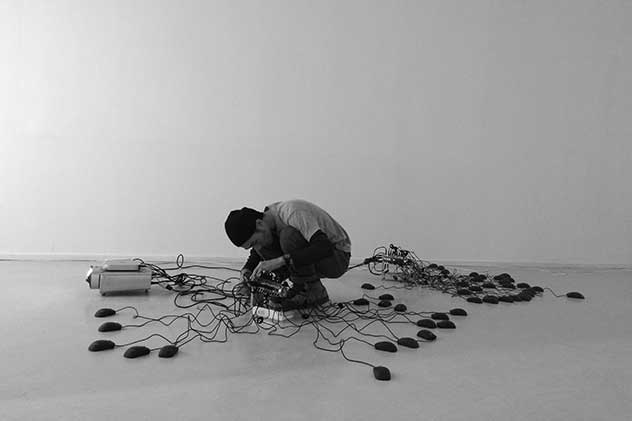
HSIEN-YU CHENG
Hsien-Yu Cheng (b. 1984, Kaohsiung, Taiwan) lives and works in Taipei. Graduated with a BFA from the Department of Theatrical Design & Technology, Taipei National University of Arts, Cheng holds a MFA from the Frank Mohr Institute at the Minerva Art Academy, Hanze University of Groningen, the Netherlands. As an artist and a software developer, Cheng’s working process expands into electronic installations, software and experimental bio-electronic devices, with an aim to explore the relationships amongst human behavior, emotion, software and machinery. In a humorous manner, he attempts to endow his works with vital signs and existential or empirical significance, to metaphorically embody his own experience and observation of the environment. He was selected as Young Talent 2011 in the Netherlands and won the first prize of Taipei Digital Art Award (2013), New Media Art of Kaohsiung Award (2017), Tung Chung Art Award (2019) and 19th Taishin Arts Award – Visual Arts Award (2021). His solo and group exhibitions were mostly exhibited in Taiwan, Asia, and Europe.
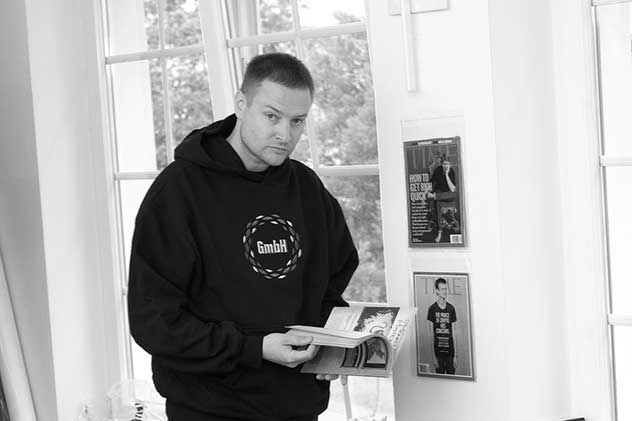
SIMON DENNY
Simon Denny (b. 1982 Auckland, New Zealand) lives and works in Berlin, Germany. He makes artworks that unpack stories about technology using a variety of media including painting, web-based media, installation, sculpture, print and video.
Recent solo exhibitions include Petzel Gallery, New York (2024); Dunkunsthalle, New York (2024); Kunstverein Hannover, Hannover (2023); the Gus Fisher Gallery (University of Auckland), Auckland (2022); Outernet, London (2022); Kunstverein in Hamburg, Hamburg (2021); K21– Kunstsammlung Nordrhein-Westfalen, Düsseldorf (2020); the Museum of Old and New Art, Tasmania (2019); MOCA, Cleveland (2018); OCAT, Shenzhen (2017); Hammer Museum, Los Angeles (2017); WIELS Contemporary Art Centre, Brussels (2016); Serpentine Galleries, London (2015); MoMA PS1, New York (2015); Portikus, Frankfurt (2014) MUMOK, Vienna (2013); Kunstverein Munich, Munich (2013).
Denny represented New Zealand at the 56th Venice Biennale in 2015.
He co-founded the artist mentoring program BPA//Berlin Program for Artists and has serves as a Professor of Time-Based Media at The Hochschule für bildende Künste Hamburg.
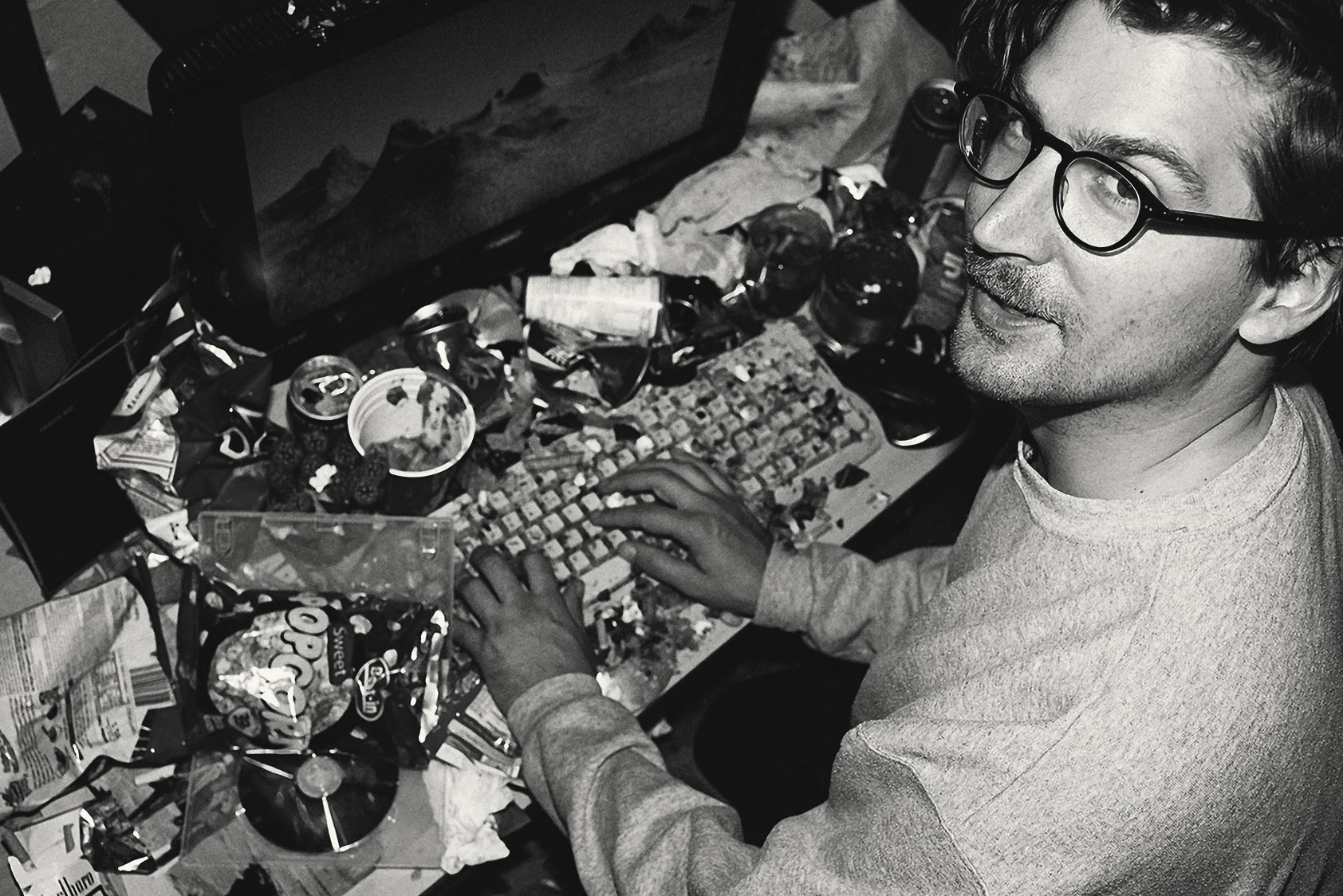
JON RAFMAN
Jon Rafman (b. 1981 Montreal) lives and works in California. Acclaimed for a multifaceted oeuvre that encompasses video, animation, photography, sculpture and installation, Rafman’s quasi-anthropological works—often incorporating internet-sourced images and narrative material—investigate digital technologies and the communities they create. Part archivist, Rafman explores the subcultures of the Internet, seeking to question the distinction between virtual and real. Many of Rafman’s most recent works use 3D animation. Examples include his Dream Journal 2016–2019, and the video essays Legendary Reality (2017), SHADOWBANNED (2018) and Disasters under the Sun (2019), which employ a visual language reminiscent of science fiction films. He has exhibited at Stedelijk Museum, Amsterdam; The Zabludowicz Collection, London; Contemporary Art Museum St Louis; The Saatchi Gallery, London; New Museum, NY; Palais de Tokyo, Paris; Schinkel Pavillon, Berlin; Tel Aviv Museum of Art, Tel Aviv; and Musée d’art Contemporain de Montréal, Montreal. Significant group shows include Manifesta 11, Zurich; 9th Berlin Biennale, Berlin; Speculations on Anonymous Materials at Fridericianum, Kassel; The Photographer’s Gallery, London; Nine Eyes as part of the Moscow Photobienniale, 2012; Screenshots at William Benton Museum of Art, Connecticut; and From Here On, Les Rencontres d’Arles: International Photography Festival, Arles.
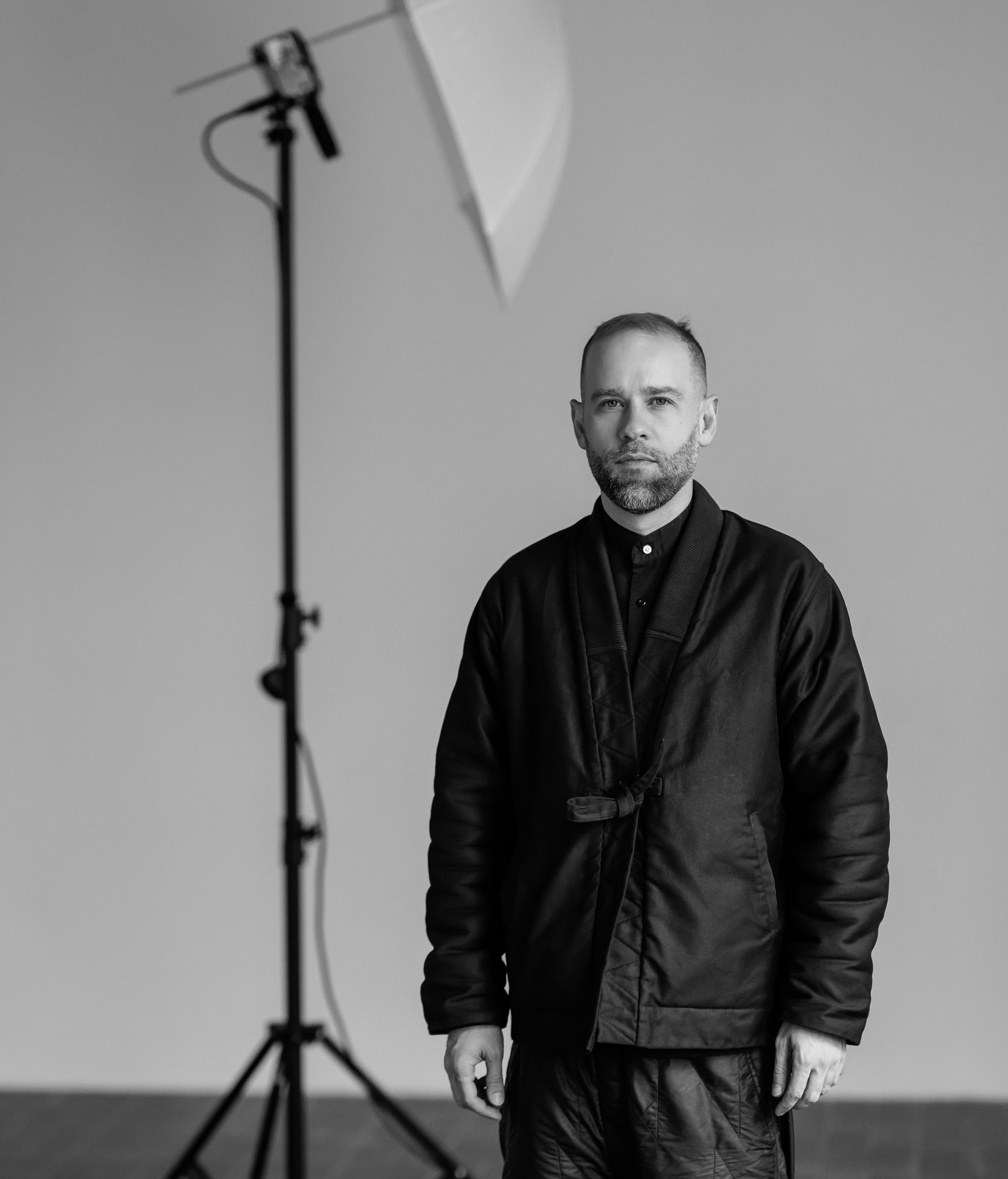
Nadim Samman is Curator for the Digital Sphere at KW Institute for Contemporary Art, Berlin. Nadim read Philosophy at University College London before receiving his PhD from the Courtauld Institute of Art. He was Co-Director of Import Projects e.V. in Berlin from 2012 to 2019 and, concurrently, Curator at Thyssen-Bornemisza Art Contemporary, Vienna (2013-2015). He curated the 4th Marrakech Biennale (with Carson Chan) in 2012, and the 5th Moscow Biennale for Young Art in 2015. He co-founded and co-curated the 1st Antarctic Biennale (2017) and the Antarctic Pavilion (Venice, 2015-). Widely published, in 2019 he was First Prize recipient of the International Award for Art Criticism (IAAC). His recent book Poetics of Encryption: Art and the Technocene is published by Hatje-Cantz, Berlin.
Dystopian Sci-fi Futures and Digital Corporeality
*Online Exhibition “Convolutions” Curator:Nadim Samman
*Public Program Curator:Emily Hsiang-Yun Huang 黃祥昀
AI Fake News Workshop X Artist Hsien-Yu Cheng’s Tour Guide
Let’s Play:Convolutions, the first Online Exhibition at Taipei Fine Arts Museum
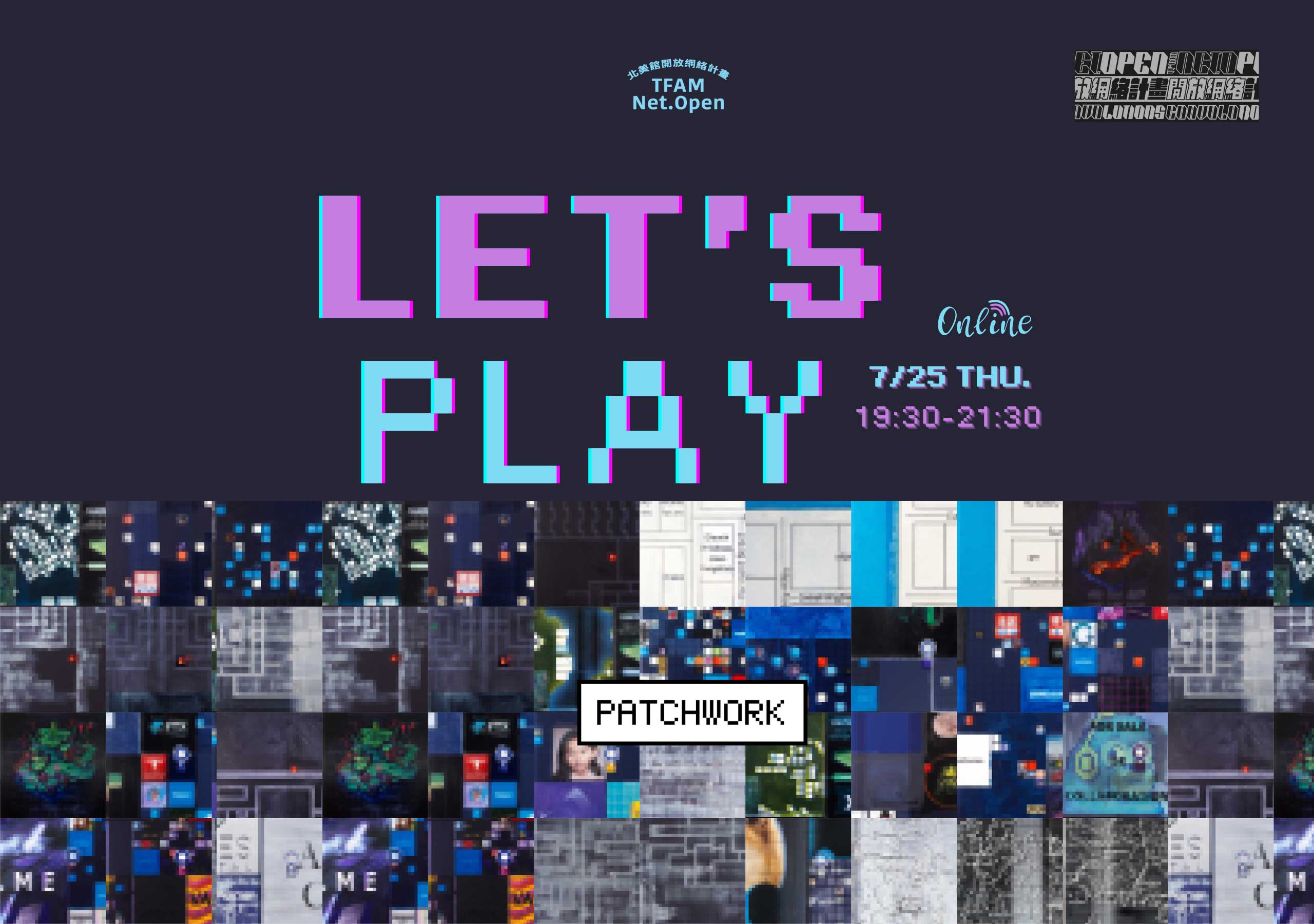
Convolutions
NADIM SAMMAN
HSIEN-YU CHENG
SIMON DENNY
JON RAFMAN
SOMETIMES ALWAYS
Lead Designer: GABRIEL FINOTTI
Assistant Designer: WHODDAT
HSIANG-YUN HUANG
FRANKIE SU
CHIA-LING CHU
CHUAN-YU HUANG
SHU-KUAN HSIEH
8F-2 STUDIO
Artwork Production Team
HSIEN-YU CHENG
SIMON DENNY
Design & development:
JAKOB SITTER
STUDIO SIMON DENNY
JON RAFMAN
Gaming System Requirements
Installation Guide





